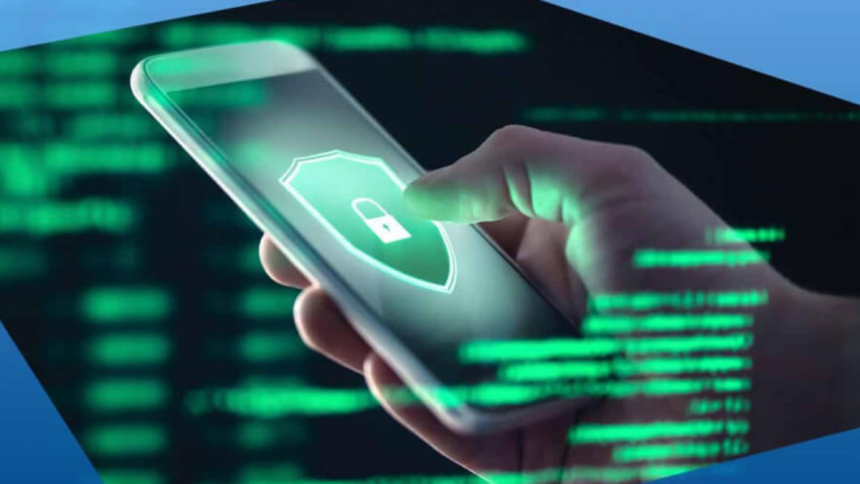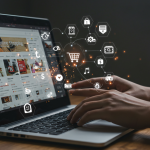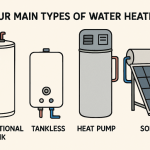Given the ultra-connected world we live in today, mobile applications have become the keystone of our daily interactions, financial transactions and access to important services. Americans are spending, on average, 4.8 hours per day on their mobile devices, and more than 90% of that is spent on apps. This torrential uptake has left behind a similar torrential target for cybercriminals to attack the vulnerabilities in these systems. With cyber threats becoming more advanced and more frequent, mobile app shielding has come up as an important security factor for businesses and organisations within the United States.
Application shielding is a concept of security techniques that covers the full range of protection mechanisms against reverse engineering, tampering, and attacks of any sort applied to the application. App shielding is different from conventional security measures, which are concerned with network-based or server-based protection. app shielding actually creates a protective pocket within the application itself, so that no matter what the external environment is, the data and functions that are sensitive remain protected. For the American business world under ever-tighter regulations and advanced cyber threats, enterprises have been forced not only to choose a hard technical solution, but also to develop a decisive business necessity – strong mobile app shielding strategies.
The Growing Threat Landscape
Cybercriminals globally continue to regard the United States as their first target. The number of mobile app attacks on American users rose 62% last year alone, according to recent industry reports. These attacks range from simple malware infections to highly sophisticated reverse engineering operations whose purpose is to reveal application vulnerabilities or steal private information.
Financial applications have been specifically targeted, with a 78% increase in financial attacks in the US market of banking apps. Ballooning healthcare applications that store protected health information (PHI) have had similar figures, with data breaches costing the healthcare industry over $9.2 billion per annum. Government applications, especially those that process sensitive citizen data, have also received increased targeting by criminal organisations as well as state-sponsored threats.
The costs involved in these breaches are beyond imagination. The US average cost per data breach now stands at over $9.4 million a piece, far costlier than average. Apart from financial losses, American firms experience damage to their reputation, regulatory fines and lawsuits from aggrieved customers. With the introduction of state-level privacy laws, such as California Consumer Privacy Act (CCPA) and Virginia’s Consumer Data Protection Act (CDPA), the regulatory world keeps evolving, adding more stringent requirements for organisations on how to protect customer data in their applications.
Understanding Mobile App Shielding
Mobile app shielding involves a wide range of protective measures that will provide multiple layers of security within an application. Unlike some standard security approaches that focus on perimeter defences, app shielding assumes the application itself needs to be chunked up to resist attacks, particularly when working in untrusted environments such as jailbroken or rooted equipment.
Major components of comprehensive mobile app shielding are:
Code Obfuscation
Code obfuscation obliterates an application’s code in a manner such that it is not functionally changed but becomes much harder to reverse engineer. Obfuscation makes a hostile entry barrier for attackers who try to speak the code, determine how the application works, or where those precious assets are stored. There is now a growing tendency among American developers to use sophisticated obfuscation techniques (beyond variable renaming content obfuscation) which use control flow flattening, string encryption, and arithmetic transformation.
Anti-Tampering Protection
The anti–tampering mechanisms allow applications to know when they have been altered from their original form. Such protections are able to detect malicious code injections, the hooking of functions, and the patching of the application binary. Upon detecting tampering, the application can respond accordingly, either by gracefully shutting down its operation, by restricting functionality or by alerting security teams. Anti-tampering protection as a standard compliance requirement has been adopted for regulated trades in the US, including the financial services industry.
Runtime Application Self-Protection (RASP)
RASP technologies give applications the capability to track and secure themselves while in operation. Instead of using only static defences, RASP allows a permanent security audit during all stages of the application’s lifecycle. Such an ongoing solution enables the application to track down and react to threats as they are to occur, even if such threats were not anticipated during development. RASP is an additional layer of security for US businesses operating in a high-risk environment that can adapt to new models of attack.
Environment Integrity Checking
Environment integrity checking enables applications to understand if their operating environment is compromised. This is also well detection of emulators, debugging tools and rooted/jailbroken devices. Applications can then adapt their behaviour to such environments, modifying access to critical features or data when operating in high‑risk environments. In enterprise settings, as the complexity of mobile device management increases, environment integrity checking has become a critical part of a corporate security policy.
Conclusion
As mobile threats continue to become more sophisticated and massive in scope, American businesses need to employ equivalent sophisticated defences. Mobile app shielding is not simply a technical remedy for security concerns, but an approach to security that understands that applications play a central role in the conduct of business in the modern world. With comprehensive app shielding, companies can safeguard sensitive data, meet regulatory obligations and retain customer trust in the ever-hostile environment of threats.
Doverunner is a forerunner in moving forward mobile app shielding technologies for the American market. Domestic US security operations and profound insights into the peculiar and often-complex regulatory landscape that impacts American businesses make DXN’s app shielding solutions customizable to specific and ever-changing risks. Their platform integrates complex code obfuscation, anti-tampering, and run-time protection into a commonly used solution tailored for the complexity landscape of the US security environment.
If organisations want to improve their mobile security posture, partnering with specialised security providers such as Doverunner enables access to the latest technologies and expertise without having to build such capabilities back up themselves. As Mobile app shielding matures from a niche security practice to a mainstream business practice, these partnerships will become important resources for organisations that want to secure their apps, their data and, ultimately, their customers’ trust.
Lynn Martelli is an editor at Readability. She received her MFA in Creative Writing from Antioch University and has worked as an editor for over 10 years. Lynn has edited a wide variety of books, including fiction, non-fiction, memoirs, and more. In her free time, Lynn enjoys reading, writing, and spending time with her family and friends.















